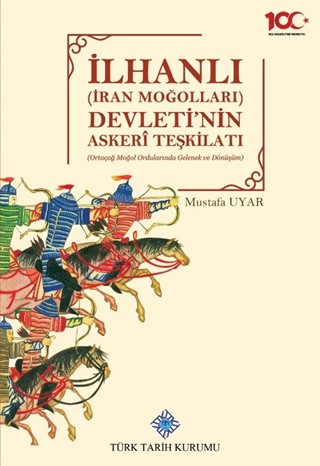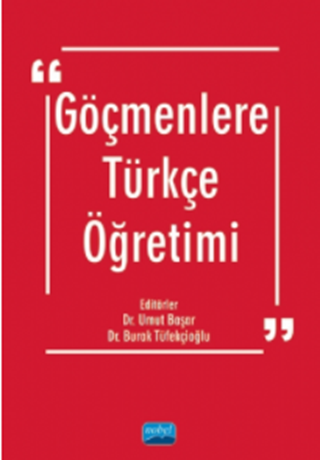
Göçmenlere Türkçe Öğretimi / Teaching Turkish to Immigrants
In recent years, large-scale migration from the unfolding regional crisis also affected Turkey like many countries due. Moreover, as a result of Turkey's humanitarian policy followed it has been one of the most immigrant receiving countries. Subsequently, the immigrant masses in general compliance with the Turkish Cypriot community, in particular the continuing education of school-age children of immigrants have constituted one of Turkey's most important agenda item. In this direction, many projects have been implemented in the past few years by both public institutions and various non-governmental organizations. Since ancient times it is seen that accept immigrants in Turkey when we look at the countries' experience and feedback obtained from projects implemented in the key role of language learning in social cohesion. Therefore this book, immigrants, the Turkish education in theoretical and Turkey's integration policy by researchers with the practical aspects of knowledge and already executed immigrant language teaching project in Turkey has been drafted in order to set an academic background. The book, which includes the headings of the chapters in harmony with each other, is also expected to contribute to teachers who teach Turkish to immigrants, students and those who carry out scientific studies in this field.
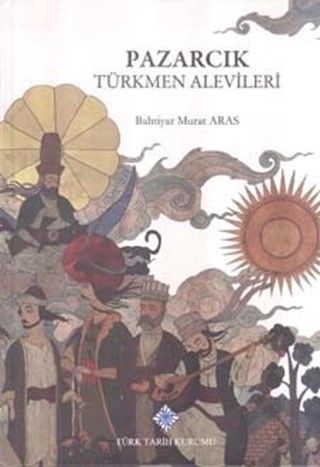
Pazarcık Türkmen Alevileri / Pazarcık Turkmen Alevis
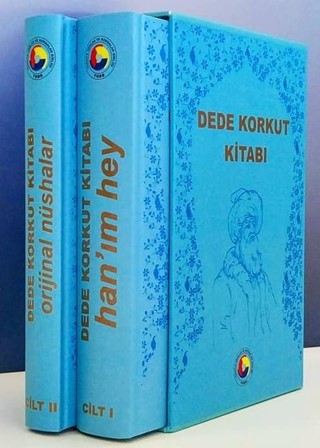
Dede Korkut Kitabı (2 cilt) /Dede Korkut Books (2 volumes)
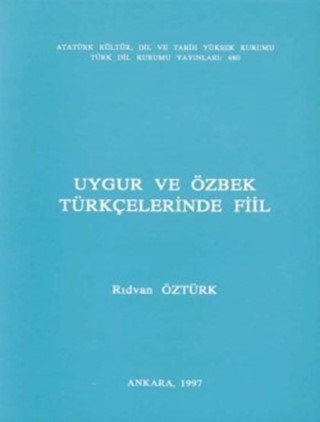
Uygur ve Özbek Türkçelerinde Fiil / Verbs in Uyghur and Uzbek Turkish
The work has been prepared to determine the verb structure of Uygur Turkish and Uzbek Turkish in-depth and to compare them with each other. Consisting of two main parts: Structure and Conjugation, the Structure section of the work is divided into three groups as "Simple Verbs", "Derived Verbs", "Compound Verbs". In this section, Uyghur Russian Luget for Uighur Turkish and Ozbek Tilining Explanatory Lugati dictionaries for Uzbek Turkish were scanned and the results obtained were evaluated. The conjugation section is divided into three groups as "Verb Conjugation", "Adjective Verbs", "Adverbial Verbs". In each of the three subsections, appendices have been identified from written sources such as poems, stories, novels, reviews, magazines, and newspapers that will reflect the written languages of the dialects in terms of form and function.
